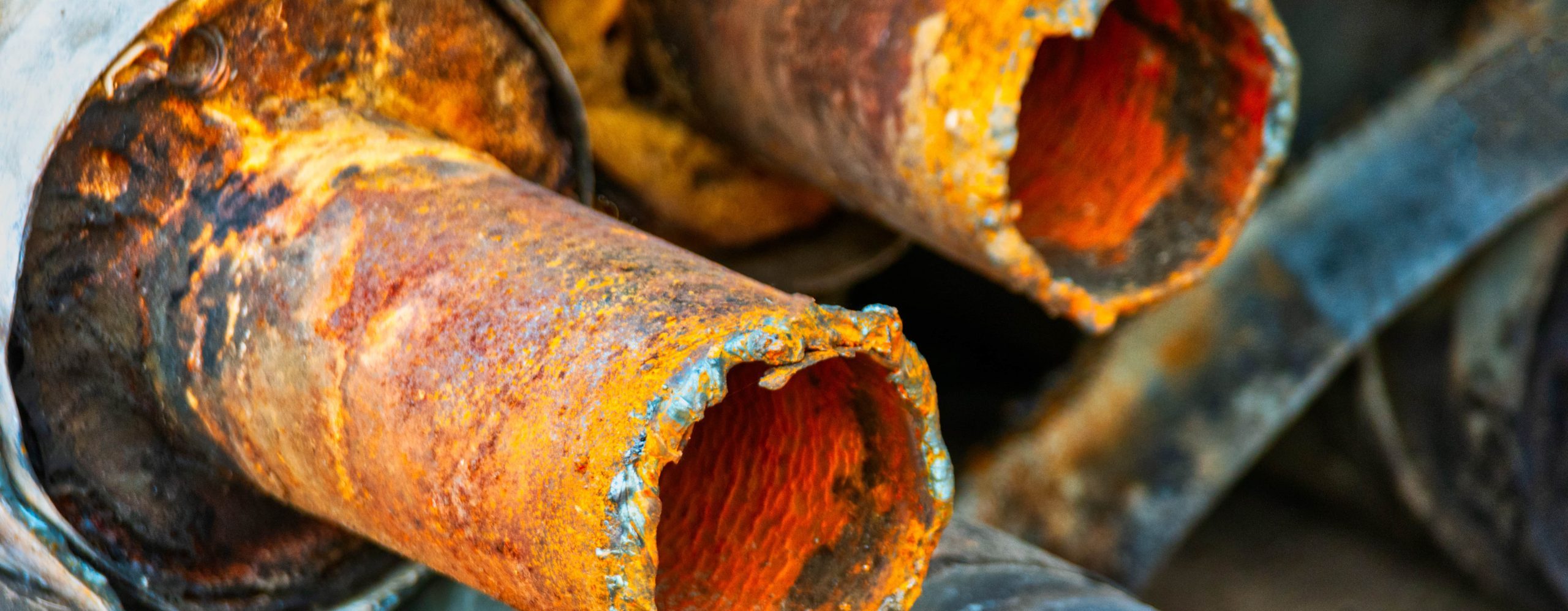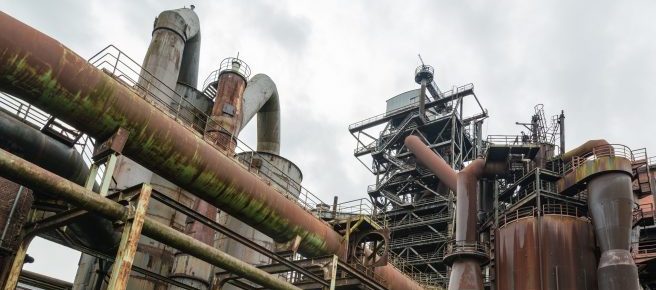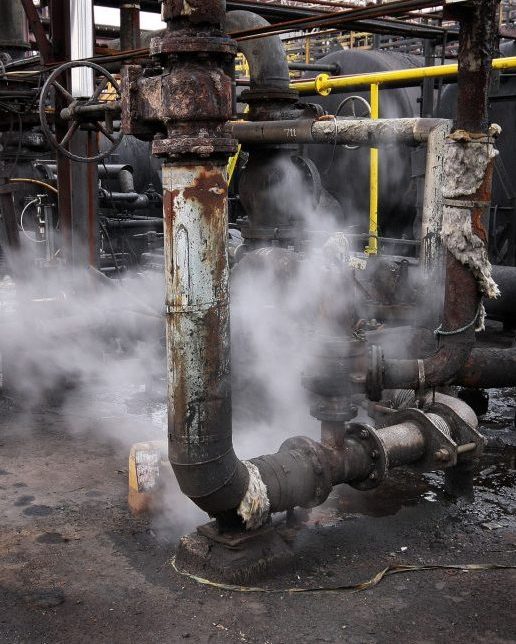Corrosion Under Insulation Expertise
CUI: The Hidden Threat, Corroding Your Integrity
Corrosion under insulation isn’t a new phenomenon. It’s been a major safety and asset integrity problem for huge global corporations for decades. Multiple industries, which incorporate insulation systems for equipment and pipework, will be aware of the problems associated with CUI.
What is CUI?
Generally expressed, CUI is a very acute form of localised corrosion caused by the presence of moisture on the external surface of insulated equipment.
CUI can occur on insulated assets in any facility, in any environment, and is one of the largest maintenance costs and safety hazards facing industries around the world. CUI is particularly difficult to prevent, track, and mitigate.
Why does CUI occur?
CUI is commonly attributed to a moisture build-up and the presence of oxygen inside insulation systems. Moisture build-up occurs from either water ingress into the insulation system, due to damaged or poor quality fabrications, or from condensation due to operating conditions.
What causes moisture ingress, and in turn CUI?
No matter the quality of cladding fabrications and installation workmanship, moisture can still find its way into insulation systems, whether that be from damage of the system due to its surrounding environment, or through operating conditions. Moisture ingress into conventional insulation materials usually results in the acceleration of corrosion upon the underlying surface, consequently structural failure of pipework and other insulated equipment will occur and can have catastrophic outcomes.
Insulation systems can become damaged due to a range of reasons, such as in transit to plants from fabrication facilities, by workforce on-site erecting scaffolding for example, or from accidental/purposeful damage during installation, inspection, and maintenance. Once the insulation system becomes damaged, moisture can freely enter the system, allowing corrosion to occur.
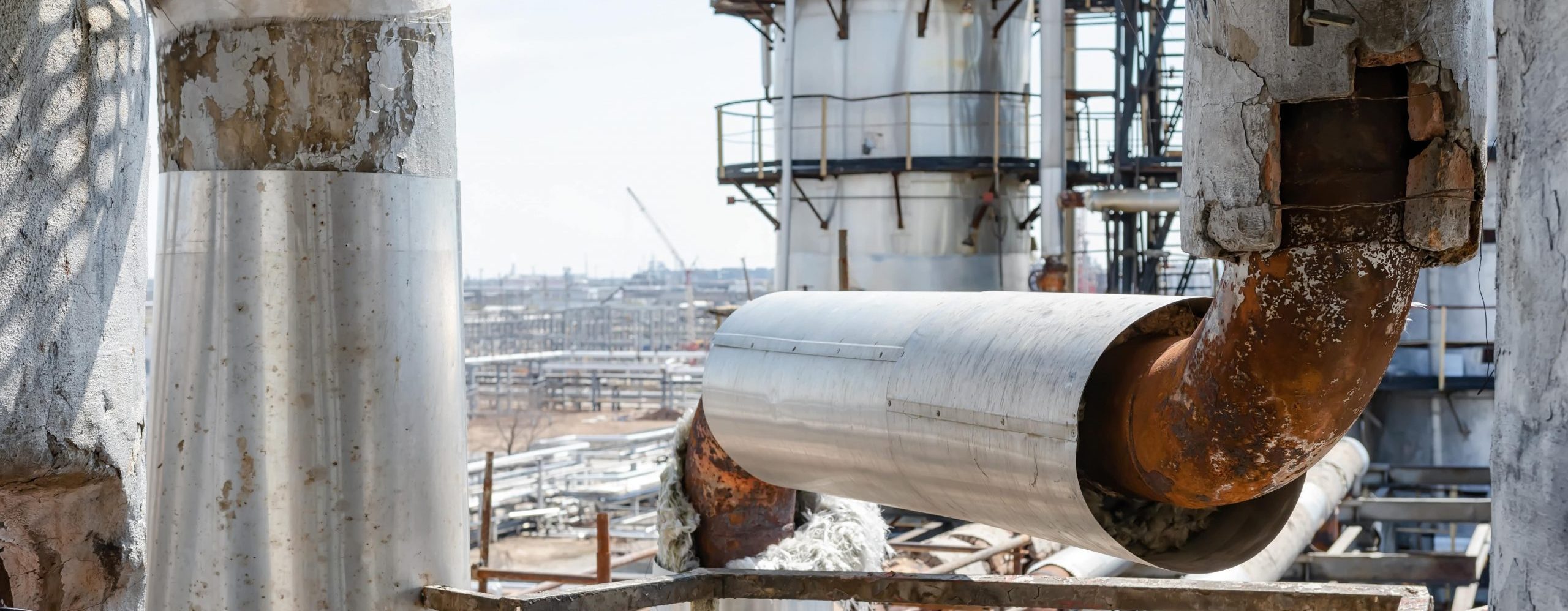
Where is CUI more common?
CUI is a risk at any facility which incorporates insulated equipment as part of a process. However, there are sectors which the risk of CUI is said to be increased and its effects seen more frequently, due to process demands. Petrochemical, chemical, power, oil and gas facilities use a variety of process conditions, unavoidably including continuous and cyclic temperatures, which contribute severely to the process of CUI. Condensation occurs within the insulation system due to changes in operating temperatures compared to surrounding air temperatures. Steam-out cleaning, and short but significant spikes in temperature, can also create cyclic conditions which subsequently cause moisture build-up and the acceleration of localised corrosion.
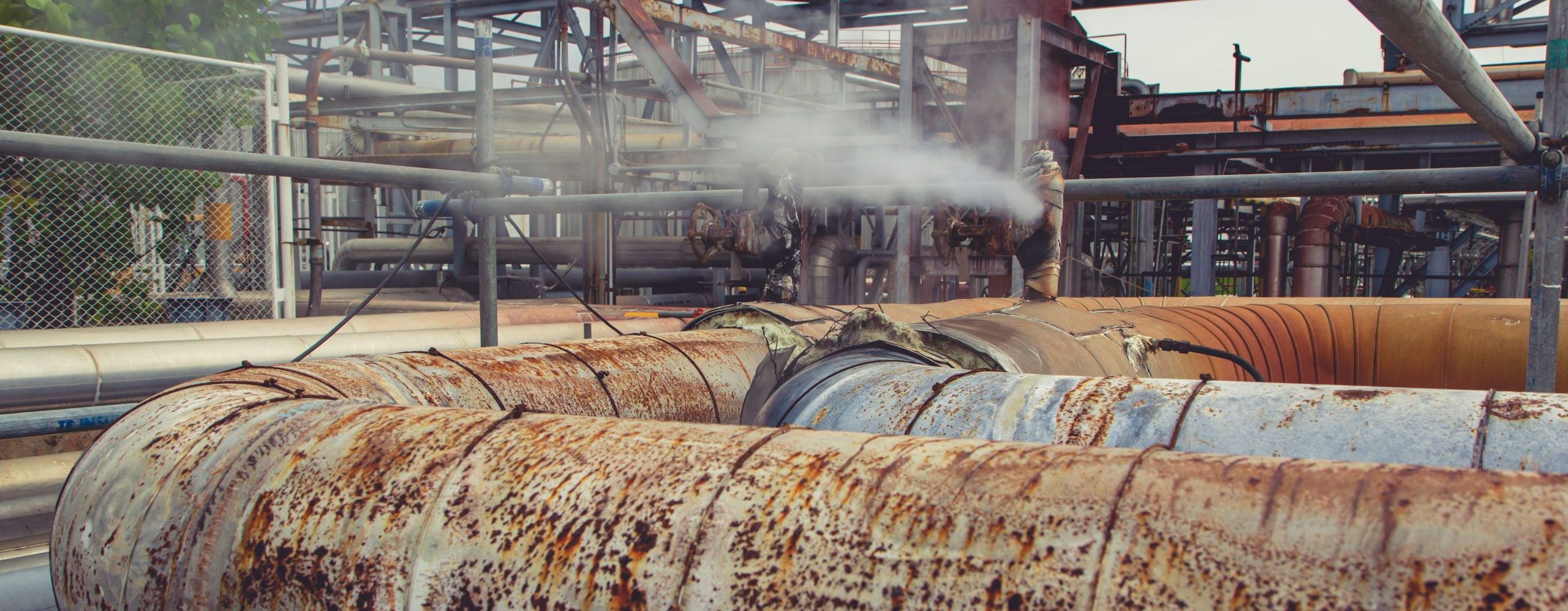
What environmental conditions increase the risk of CUI?
There are environmental conditions which can increase the risk of CUI and accelerate the corrosion process. Nevertheless, increased risk of CUI isn’t just accustomed to these conditions.
- Marine environment
- Intermittent wet – dry conditions
- Climates with higher rainfall
- Hot / humid conditions
- Extreme climates: Sub-zero, tropical or desert conditions
- Environment with increased risk of contamination
A what temperature does CUI occur?
CUI is generally, but not exclusively, a high risk in the temperature range of -4°C – +175°C (25°F to 347°F). However, the highest corrosion rates are more commonly experienced in operational conditions between 60°C – 120°C (140°F to 248°F). Under these conditions, corrosion rates between 1.5 – 3.0mm per year have been reported, and the potential for corrosion doubles for every 15°C – 20°C increases in temperature between 0 – 100°C (32 – 212°F).
High risk temperature range for CUI
60 °C – 120 °C
What are the consequences of the effects of CUI?
Corrosion under insulation poses a significant operational, safety, and economic challenge for a variety of industries. As it cannot be seen, CUI has become a critical safety hazard, with numerous cases causing severe, life-threatening outcomes. If left unchecked, CUI can result in leakage from pipes and equipment. If such equipment operates under high pressure and located where workforce is present, this has the potential for catastrophic consequences.
Significant complications include:
- Major equipment outages, leading to lost production
- Unexpected maintenance costs
- Health and safety of personnel
- Environmental issues
- Reputation damage
Over 20% of major oil and gas incidents reported within the EU since 1984 are associated with CUI. Many assets in the North Sea are operating beyond their expected design life and 60% of pipe failures are caused by CUI.
In one incident, a major oil company was fined over £1m, assets were significantly damaged, and dangerous levels of high pressure methane gas were released into the environment. The fact that personnel were not injured or, worse, killed, was described as fortuitous.
However, this was not the first incident relating to CUI and regrettably it won’t be the last. Many assets still operate beyond their life-cycle and appropriate installations and procedures to prevent, track, and mitigate CUI are not being implemented.
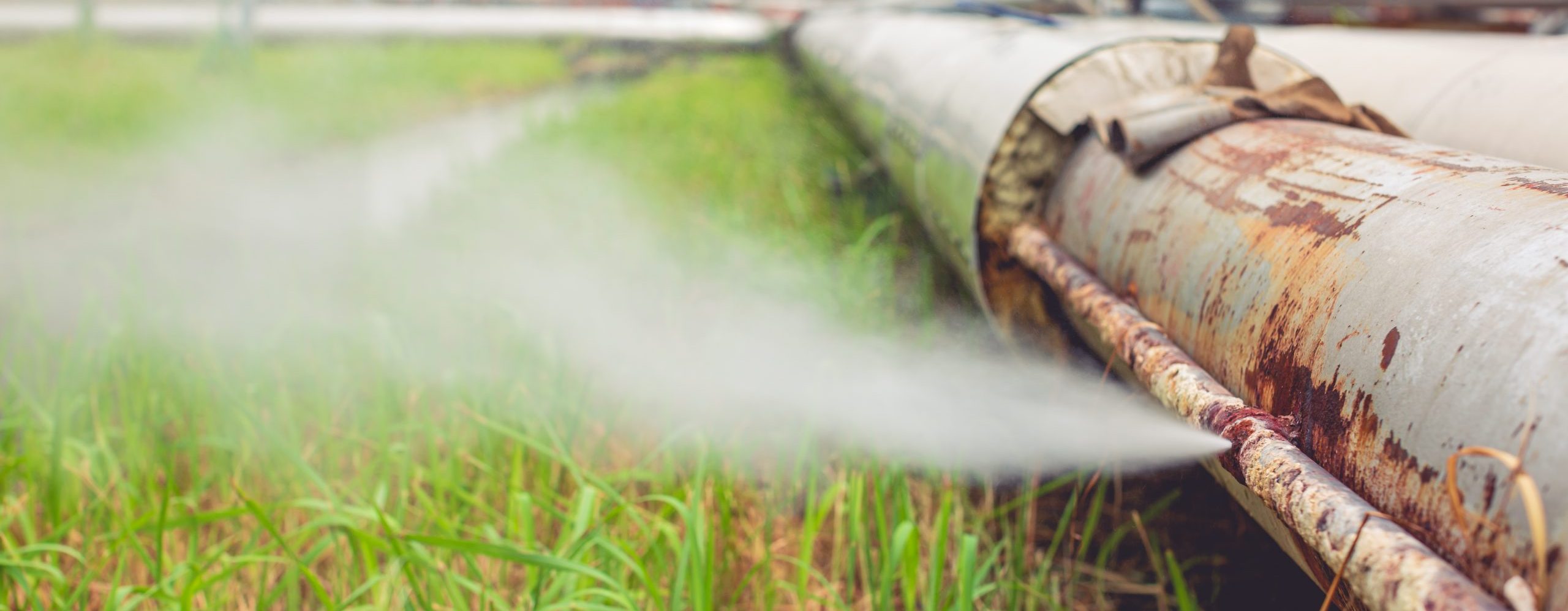
What are the costs associated with CUI?
It is estimated that CUI is responsible from approximate costs of £4 trillion globally per year, with costs to the UK economy at £28 billion. Loss of life or serious injury is the first, and major, potential cost of CUI. The environmental impact from substance leaks is another. Finally, the corrosion of industrial pipes and assets increases maintenance and repair costs – which adds to production downtime, reduced output, and costly inefficiencies.
How to mitigate CUI?
Engineered, professionally installed insulation systems, combined with stringent inspection and maintenance procedures, can help prevent, track and mitigate CUI, reducing its effects and minimising the risk of costly repairs, downtime, and injury to personnel.
Design – Ensuring the design of mechanical systems is compatible with the design of the insulation system and adhering to cladding best practices will help combat CUI.
Substructure – The use of a substructure (cladding support) helps improve the overall strength of the insulation system. Consequently, this helps protect the system from becoming damaged, reducing the chances of water ingress and in turn corrosion. Learn more >>
Insulation – Research shows that corrosion can occur under any insulation regardless of the material properties. However, the rate at which corrosion takes hold can be slowed by selecting the correct insulation material.
Fabrication Quality – Precisely engineered cladding fabrications is more often a last thought and overlooked in terms of its importance in contributing to combating CUI. Using highly trained, experienced fabricators and state of the art machinery and advanced manufacturing techniques will increase the quality of fabrications. This in turn will improve the quality of the final installation on-site and significantly reduce the risk of CUI.
Installation – During the installation phase, use qualified professional insulators to ensure a safety and quality-driven installation. Always use water tight cladding seams and follow cladding best practice, to prevent water ingress.
Inspection and Maintenance – Regular inspections need to be performed by certified inspectors trained to spot signs of CUI – which occurs out-of-sight in most cases. You should also encourage all operatives to report any damage or concerns related to the insulation system as soon as it occurs. This allows for immediate maintenance to be carried out, mitigating risk and reducing long-term cost impact of untreated CUI.
Specialist Coatings – Alongside appropriate surface preparation of equipment such as piping and vessels, specialist coatings can help to reduce the effects of CUI. For example, thermally sprayed aluminium (TSA) is an incredibly durable coating with the capabilities to mitigate CUI and in turn prolong the life-cycle of assets. Learn more >>
